Blisters: Causes, Prevention and Treatment
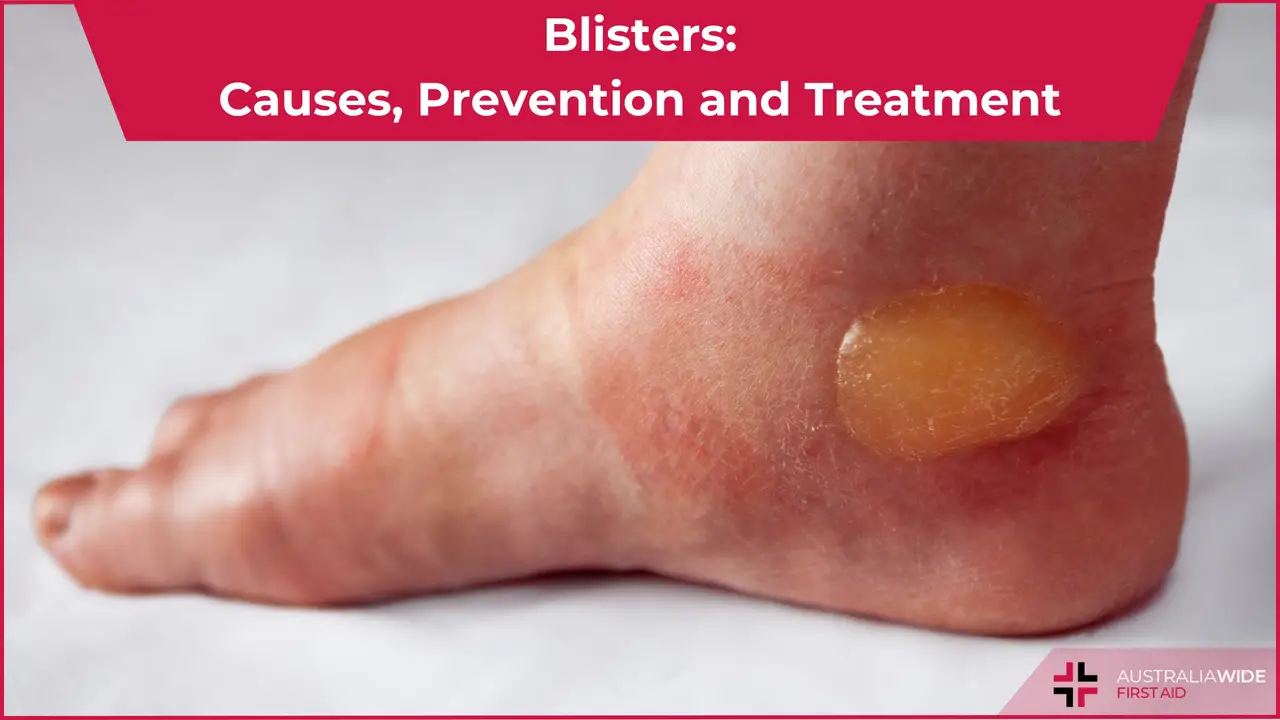

Blisters, though often small in size, can cause significant discomfort and inconvenience.
Understanding the symptoms, causes, and treatment options for blisters is crucial for effective management and prevention.
In this article, we will delve into the diverse array of blister types, explore the common triggers behind their formation, and discuss practical approaches to both alleviate immediate discomfort and foster healing.
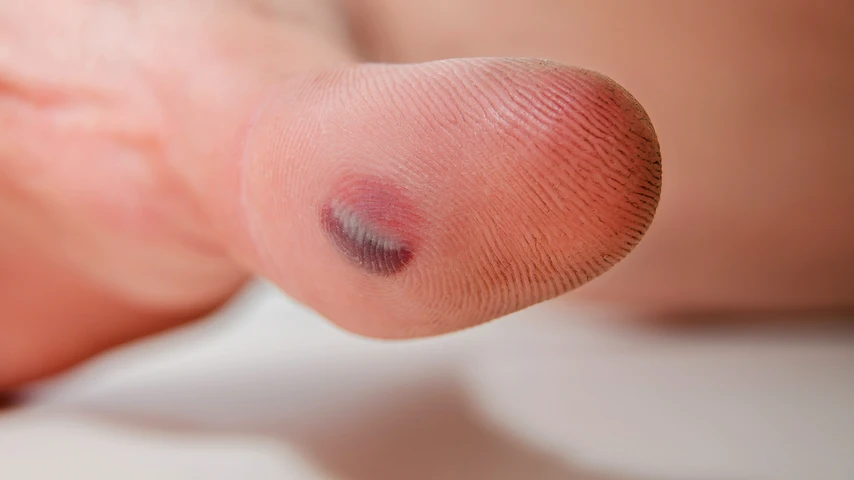
A blister is a fluid-filled sac that forms underneath the first layer of skin.
Most often the fluid is clear. This fluid is called serum, and leaks into the area from surrounding tissue. It is similar to plasma, which is blood without the red blood cells. It is sterile while the blister remains intact.
Occasionally, especially if caused by an injury, a blister can fill with blood – this is called a blood blister. If it becomes infected, the fluid inside the blister will be milky-white or yellow pus.
Blisters can contain a mixture of the above fluids, depending on how they were formed and how they progress.
If a blister is the result of a viral infection or bacterial infection, it will contain viral or bacterial particles. These can cause further infection in others who come into contact with it.

Friction
The most common cause of blisters is pressure or friction on the skin. Most of us have experienced this with new shoes, for example, or when using gardening tools.
The skeletal parts of the foot or hand move out of sync with the skin and tissue, and when this happens repeatedly it can cause a tear underneath the skin. This tear then fills with fluid.
Increased skin temperature and moisture can increase the likelihood of developing friction blisters.
Injury
Occasionally, injuries can cause blisters to form. These can include:
Illness
Blisters can also be cause by certain infections or diseases including:

Friction blisters can become more than a minor nuisance. For hikers, athletes and military personnel, blisters can be a regular occurrence that have a significant impact on their ability to compete and/or do their jobs.
In fact, friction blisters can be disabling. The pain caused by blisters, combined with their location, often mean that a person is unable to comfortably walk, let alone anything more strenuous.
If a friction blister were to become infected, it could lead to complications such as cellulitis, sepsis, or toxic shock syndrome.
Blisters that are not caused by friction indicate an underlying health condition. If you are not already managing these under the care of your doctor, it is critical that you do so.
Viral and bacterial blisters pose a risk to others through contact, which can spread the disease.

Some blisters can be managed at home, others should be managed under the care of your doctor.
Interestingly, there has been little scientific research into blister treatment in the past 30 years, despite their prevalence and impact.
If the blister is small, it will likely dry out within a fortnight. It may heal better if you are able to leave it alone, as the skin covering will help prevent infection and scarring.
You can cover individual intact blisters with a loose bandage:
If the blister has burst:
Puncturing a blister is often tempting, but can cause serious infection if they are not allowed to heal properly. Bursting blisters caused by diseases and injuries can spread the infection to other parts of the body, and even to other people.
If your blister is particularly large, painful, or irritating, you may decide to puncture it to relieve the pain and pressure, and to allow it it heal faster. These are the steps to follow:
If a blister is serious, or caused by a disease or infection, you will need to have it seen by a doctor for appropriate management. You may need antibiotics or other medication.
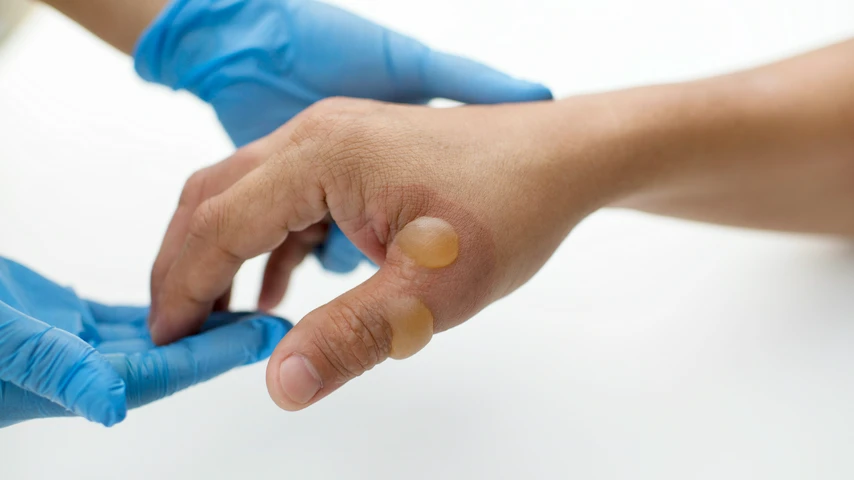
Preventing blisters that are caused by friction can be done by:
There are some other common recommendations for preventing friction blisters. Unfortunately, these either haven’t been backed by any scientific studies, or the results indicate they have no effect or actually increase the risk of blister development:
Unfortunately, if blisters are caused by diseases, there isn’t anything you can do to prevent the blisters themselves. Your best course of action is to ensure you are up-to-date with your vaccinations and try to avoid catching the viruses or bacteria that cause the diseases.
Blisters linked to inherited and autoimmune diseases likely cannot be avoided, but you should consult with your doctor about appropriate management.
Blisters that are related to contact dermatitis can be avoided by avoiding contact with the irritant.
Take care to avoid injuries such as sunburn, frostbite, insect stings, and pressure ulcers that may also cause blisters.
Blisters are common, especially amongst those who are physically active.
While they are not life-threatening, they certainly can impact your ability to enjoy daily life.
Understanding correct blister care can help you to recover faster, avoid infection, and in turn avoid scarring.
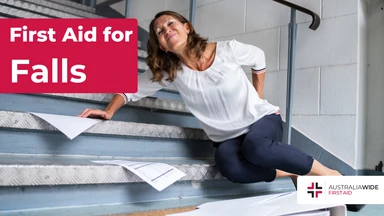
March 6, 2025
Falls are one of the most common causes of injury, particularly among children and older adults. Whether it’s a simple trip or a serious fall from height, knowing how to administer first aid can prevent further injury and, in some cases, save a life.
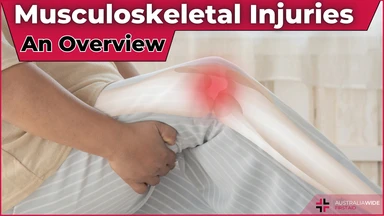
October 1, 2024
The musculoskeletal system is the foundation of human movement, support, and protection, playing a critical role in our ability to perform everyday tasks. Understanding the components and functions of the musculoskeletal system is essential for preventing injuries and managing conditions that may arise, particularly in workplaces where manual handling tasks are common.
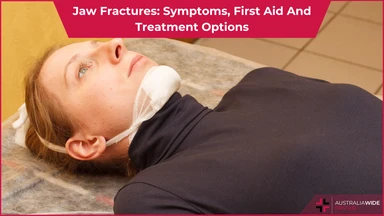
August 28, 2024
A jaw fracture is a break or crack in the jawbone. This type of injury can occur due to various reasons and may result in considerable pain and difficulty in performing everyday activities like eating and speaking.